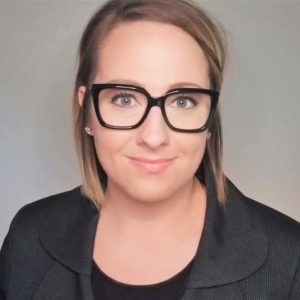When was the last time you reviewed your accounts receivables? Yesterday, last month, last year?
At Williams Group, we dive into reviewing and analyzing every area of the practice. Every time we come across a practice with an outrageously high amount of accounts receivables monies - we always stress the importance of reviewing your aging accounts receivables reports, even if you have made this the responsibility of another role within the practice.
Why? It certainly isn't a great feeling to see hard-earned money end up as a write-off or adjustment within your practice management software.
There are a number of best practices to help keep your accounts receivables in check.
Here are a few steps to get you headed in the right direction for managing your accounts receivables:
- Run your accounts receivables report - Run your accounts receivables report on a monthly basis to ensure your account receivables balance is less than the average past three months' receipts or gross revenue.
- Work your accounts receivables report - If you see that your accounts receivables are high, don't panic. Create a plan for you or an individual on your team to begin working your accounts down or outsource to an organization that has a Revenue Cycle Management program like CSEye Compliance Specialists to assist you with this.
- Document and follow-up - Make notes. Always make notes when working on your accounts receivables. My recommendation is to notate within your patient ledger in your practice management software the moment you have worked the aging balance so next time you review, you are able to reference your previous notes.
Reviewing your accounts receivables is not a one-and-done task - you must be consistent in reviewing and in ensuring that your practice is receiving payment for services and materials rendered. If you are a practice owner who has given the responsibility of working your accounts receivables to another member of your team, make sure that you are consistently reviewing the numbers together, and just be sure to verify that your accounts receivables are not falling on the back burner.
 800.676.9076
800.676.9076





